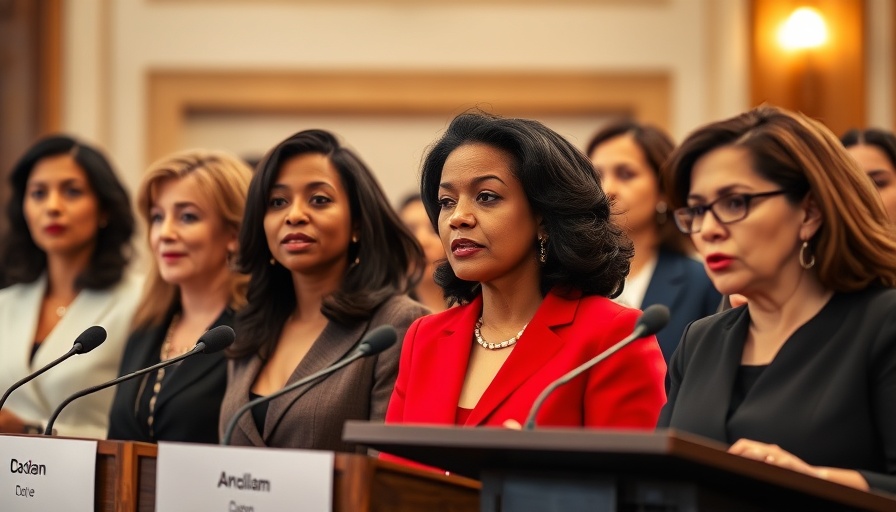
A Heartbreaking Decision: The Latino Caucus Confronts Immigrant Health Care Cuts
For members of the California Latino Caucus, a wave of jubilation turned to deep regret last week as they faced a troubling vote regarding immigrant health care. During a budget negotiation, state Senator María Elena Durazo passionately voiced her concerns over the freezing of Medi-Cal enrollment for undocumented immigrants and the imposition of monthly premiums. Her words, rife with sorrow, echoed the sentiments of a caucus that has long fought for the rights and dignity of low-income residents.
From Joy to Betrayal: The Emotional Toll of Legislative Decisions
Senator Durazo expressed profound disappointment when she declared that her joy from the recent expansion of Medi-Cal had transformed into feelings of pain, shame, and betrayal. Just eighteen months earlier, California had celebrated a monumental decision to offer Medi-Cal benefits to all low-income individuals, regardless of immigration status. Now, the state’s budgetary constraints had forced a painful reversal. Discontent swelled within the Latino Caucus, which had consistently represented immigrant interests, but faced overwhelming pressure to support budget cuts to address California’s massive $12 billion deficit.
A Cruel Balancing Act: Perspectives from Lawmakers
Despite standing up for their constituents, the Latino Caucus members had to confront a grim reality. With 30 members voting to approve the cuts, the Democratic majority ultimately chose financial prudence over health equity. Critics, including various members of the caucus, assert that the state is financing its budget on the backs of the most vulnerable—poor immigrants. This alarming trend poses the risk of entrenching further inequities in California’s health system, creating a two-tiered system that marginalizes non-citizen residents.
Rhetoric and Reality: The Implications of Health Care Cuts
The approved measures are projected to save the state approximately $1 billion initially, a fleeting respite for a beleaguered budget. However, the implications of freezing enrollment and imposing premiums on undocumented immigrants cannot be dismissed. Many advocates see it as a betrayal of the values California professes to uphold; providing access to health care should not come contingent upon citizenship status. As a state famed for its progressive stance, this shift invites comparisons to harsh federal immigration policies that have left many living in fear.
What Lies Ahead: Future Predictions for Immigrant Health Care in California
Going forward, the Latino Caucus faces an uphill battle as they strive to rectify these cuts and restore access to health care for all residents. The emotional toll of such decisions weighs heavily on legislators committed to their communities. The question that remains is whether the caucus can shift the narrative and mobilize support to reverse these cuts. As the conversation around health care continues to evolve, it is crucial to ensure that marginalized groups are not left behind.
The Role of Advocacy: Mobilizing for Change
Rallies and public demonstrations reaching across Capitol steps illustrate a growing movement against these budget cuts. The Latino Caucus has not only fought within the legislative arena; they have also rallied community support in an effort to highlight the broader implications of health care access. Activists argue that the ongoing advocacy reflects a collective commitment to return equity and justice to the state’s health care system, ensuring that no one is regarded as 'less than.' Identifying ways to challenge and engage communities will be critical.
The Latino Caucus is at a crossroads, aware that they hold substantial political power yet are tethered by fiscal realities. The ongoing debate illuminates broader societal questions about who is entitled to care and how political decisions deeply affect the lives of many Californian families.
 Add Row
Add Row  Add
Add 




Write A Comment